In today’s fast-paced world, the lines between work and life are blurrier than ever. Gone are the days of the rigid 9-to-5 grind; now it’s all about flexibility, remote work, and the quest for that elusive work-life balance. As employees juggle Zoom calls in pajamas and office snacks with family dinners, understanding these trends becomes essential for anyone hoping to thrive in this new landscape.
Table of Contents
ToggleOverview of Work Life Trends
Work-life balance continues to evolve as societal norms change. Flexible arrangements, remote work, and hybrid models now dominate the landscape.
Evolution of Work Life Balance
Work-life balance has shifted significantly in recent years. Traditional 9-to-5 jobs increasingly give way to flexible schedules. Employees seek harmony between professional obligations and personal life. With the rise of freelancing, many individuals embrace autonomous work structures. Increased employee expectations drive organizations to adopt adaptive policies. Companies that prioritize employee well-being often see higher productivity and satisfaction rates.
Impact of Technology on Work Life Dynamics
Technology reshapes how work-life dynamics function. Communication tools facilitate connectivity beyond typical office hours. Remote work applications enable employees to collaborate effectively from various locations. Increased access to data allows for smarter time management. However, constant connectivity can blur the lines between work and personal time, leading to burnout. Organizations must recognize these challenges and implement strategies promoting healthy boundaries.
Current Work Life Trends


Work-life dynamics continue to evolve as employees adapt to new workplace norms. The rise of digital communication further influences these trends, emphasizing the need for flexibility and balance.
Remote Work and Its Benefits
Remote work has gained traction for its numerous advantages. Employees experience increased autonomy and the ability to create tailored workspaces that enhance productivity. Commute time reduction benefits both mental health and family time, allowing for better work-life integration. According to a report from Stanford University, remote workers exhibit a 13% performance increase, showcasing the positive impact of flexible work settings on efficiency. Employers also benefit from remote work through reduced overhead costs and access to a broader talent pool. Organizations increasingly adopt this model to meet employee expectations while fostering a culture of trust and accountability.
Flexible Work Hours and Schedules
Flexible work hours allow employees to choose when they work best. This adaptability accommodates personal obligations and optimizes individual peak productivity times. Workers often report higher job satisfaction when given the freedom to create custom schedules. A study from Gallup highlighted that employees with flexible hours exhibit greater engagement levels. Employers who embrace flexible schedules find themselves attracting and retaining talent more effectively, largely due to enhanced work-life balance incentives. Implementing these arrangements helps organizations demonstrate their commitment to employee well-being.
Challenges in Work Life Trends
The evolving work environment presents several challenges that impact employee well-being and productivity.
Mental Health Considerations
Mental health plays a crucial role in maintaining work-life balance. Remote work may increase feelings of isolation, affecting employees’ emotional well-being. The lack of physical interactions can lead to loneliness, diminishing job satisfaction. Frequent distractions at home complicate focus, increasing stress levels. Organizations must recognize these mental health challenges to implement effective support systems. Offering resources like counseling and promoting healthy work habits can help employees manage their mental health better.
The Rise of Burnout
Burnout frequently emerges from blurred boundaries between work and personal life. Continuous connectivity through technology creates an expectation of availability. Employees often struggle to disconnect, leading to exhaustion. A 2021 survey by Gallup showed that 76% of employees experienced burnout at some point. This statistic highlights the urgency for organizations to address workload and communication expectations. Implementing measures such as regular check-ins and workload assessment can mitigate the risk of burnout while fostering a healthy work culture.
Future of Work Life Trends
The future of work life trends indicates significant transformations in the workplace. Flexibility will remain central, accommodating diverse employee needs.
Predictions for the Workplace
According to experts, workplaces will increasingly prioritize hybrid models over traditional setups. Predictions show that 70% of employees desire a blend of remote and in-office work. This shift emphasizes collaboration alongside the comfort of personalized work environments. Trends suggest that automation will also redefine job roles, creating demand for upskilling and reskilling. Employees will seek environments fostering creativity and adaptability, reflecting changing societal values. Enhanced focus on mental health initiatives will likely emerge, leading to improved employee satisfaction and retention.
The Role of Employers in Shaping Trends
Employers play a crucial role in adapting to evolving work-life trends. Organizations that adopt flexible policies are more likely to attract top talent. Promoting a culture of trust can enhance employee engagement and productivity. Employers should also emphasize mental health support, recognizing its direct impact on performance. Data from studies illustrate that companies prioritizing work-life balance experience lower turnover rates. Additionally, open communication about workload expectations can help mitigate burnout. Overall, proactive approaches from employers will shape the future of work, fostering a supportive and innovative work environment.




